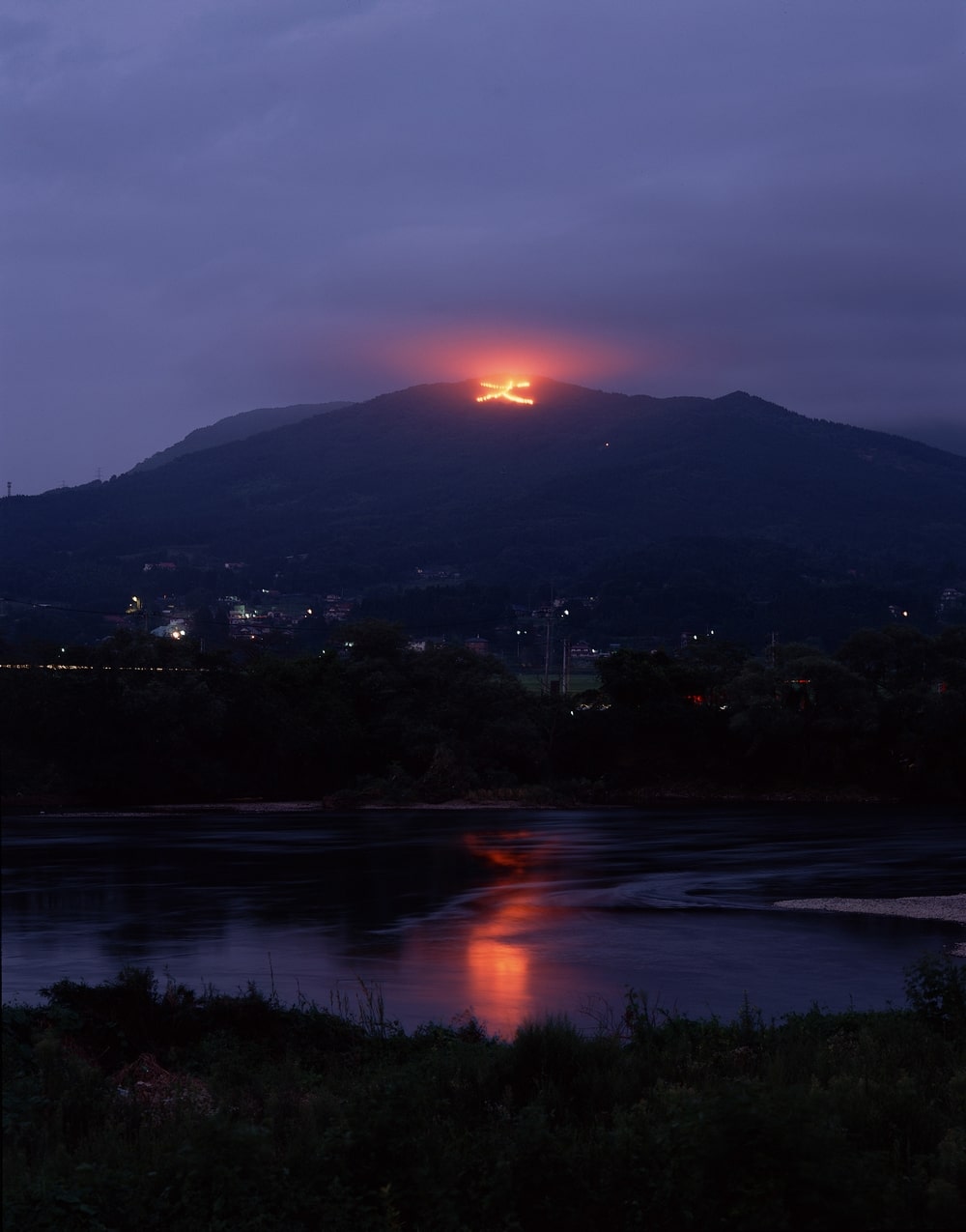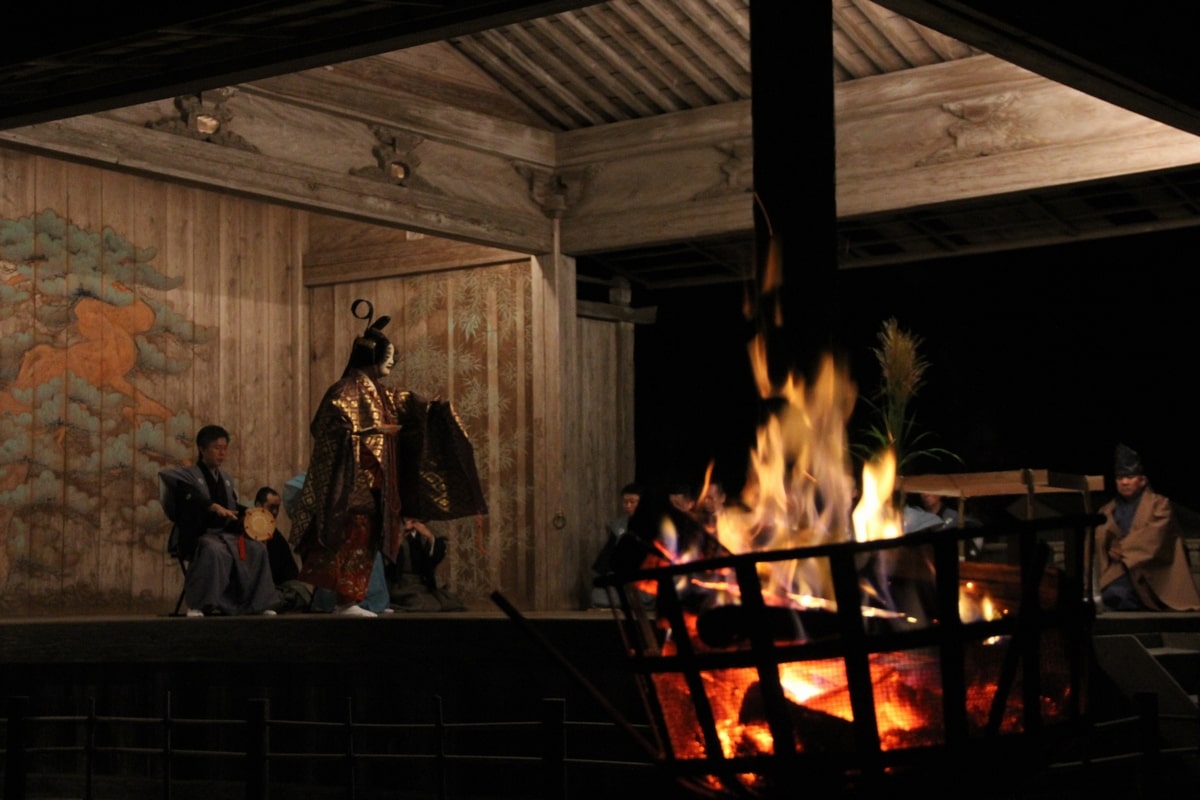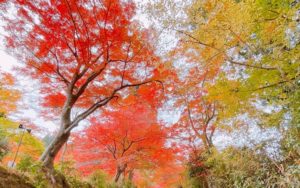平泉の8月:お盆とおとぎ話 August: Obon in Japan
日本の4つの季節に合わせて、様々なお祭りがあります。各地域でその形もそれぞれですが、大まかに言えば、春には田植えの苦労を労いながら豊作を願う祭り。一方、秋は収穫の祝いと感謝を。冬は一年を見送り、新しい一年を迎え、これから一年間の幸福を願います。そして、日本の夏には、お盆の伝承にまつわる祭りがたくさん開かれます。
全ての夏祭りがそうでもありませんが、大まかにはお盆とのつながりを表しています。地域によって、その他の伝承も混ざり合って総合しているのも珍しくはありませんが、お盆が元と考えられる習慣や表現となっているものは多いです。
本来、お盆というのは亡くなった先祖様が一時的にあの世から帰ってくるのを迎え入れる時期です。そのため、お盆には家族と集まって亡くなった人との思い出を語ったり、お墓参りなどをすることが多いです。また、都会から実家の家族や親せきに会いに行く人も毎年多くいます。
そして、お盆の時期は夏祭りの時期でもあります。お盆から始まったものとはいえ、その中で世俗化されているものが今はむしろ多く、誰でも楽しめるようなものが数々あります。例えばカラフルな飾りや音楽、芸能、そして屋台での様々な遊び、食べ物、飲み物も並んで揃っています。
また、伝統文化についても、盆踊りという民踊もよく夏祭りで見られます。また、法灯会も行われます。お盆が終わり、ご先祖様は再びあの世へ帰るのですが、長くて暗い帰り道を照らすため、灯りを差し上げると無事に帰れると、昔から考えられました。
お盆の終わりと合わせて、この習慣は現在でも多く見かけます。各地域では、海や川、池などに浮かぶ灯ろう流しもあり、あるいは紙でできた小さな熱気球のようなものを空に浮かべる天灯もあります。
平泉では、毎年毛越寺の浄土庭園で法灯会が行われます。庭園の池に数百個の灯りを浮かべ、それぞれの小さな燭光(しょっこう)が段々と静かに集まってぼんやりと庭園に光って行く姿はとても素敵で、きっと印象に残る風景です。
Summer is a prime time for festivals and carnivals all across Japan. Depending on the area, you’re likely to see a peak in either July or August, or maybe both. Of course, there are plenty of events and celebrations throughout the Japanese calendar: In the spring, festivals to celebrate planting and ask for good harvests, and in the fall, harvest festivals to celebrate the fruits of everyone’s labor through the growing season. And in winter, many events revolve around the new year; seeing off the old, and any lingering bad fortune with it, and welcoming in the new while securing good luck for its duration. Summer events, however, often coincide with the traditional celebration of Obon.
While not all summer festivals share these roots, many do, and the imagery has become so intertwined it may be difficult to separate. Additionally, depending on local custom and whether they follow a traditional lunar calendar or the modern equivalent, obon may overlap with and blend with a number of other summer traditions.
The traditional meaning of obon is the time of year that our deceased ancestors are thought to return to visit their families. Accordingly, its often a time for looking back on fond memories of the dearly departed, gathering with your family or friends, or visiting family graves to pay respects. To that end, many urban residents also travel to visit older generations at family homes in the countryside during the week of obon.
It’s also a time for summer festivals and fairs, many of which have grown out of the obon tradition. Of course, there’s plenty of typical festival fun to look forwards to for the average fair-goer – bright, colorful decorations, music and performing arts, and lines of booths with games, activities, food, and refreshments!
For traditional activities, however, one can look forwards to bon-odori, a folk dance often held at summer fairs. Typically, they will be held in a cleared square lit by strings of lanterns, with dancers in formation around a raised platform or tower, which often seats the musical accompaniment – the familiar taiko drums.
The other obon-centric event you may be likely to see are lantern-lighting ceremonies to conclude the obon period. Once obon draws to an end, it is time for the ancestors to return to the afterlife until next year. To help guide them on their way, lanterns were lit in their memory. Many examples of this still abound, including varieties where floating lanterns or candles are sent out on rivers, in lakes, or into the ocean, or “sky lanterns”, miniature hot-air balloons of thin, delicate paper that are set free to float into the sky.
また、平泉の大文字送り火もお盆の終わりに合わせた行事です。大文字では、京都で行われるものにならって行われており、町の東にそびえる束稲山の一面に薪をいくつか組み立てて、送り火の夜には次々に火をつけて山に大きい「大」の文字を描きます。一つの灯がそれぞれご先祖様が迷わないようにとすれば、大文字は灯台のようなものとも言えるでしょう。真っ暗な空にとても明るく赤く燃える大文字も、平泉へのお越しの際には見逃さないでください。
In Hiraizumi, Motsu-ji Temple conducts a lantern ceremony each year where floating lanterns are sent out across the pond in the temple garden, and the many, many lights against the darkness create a beautiful and stirring sight. Also not to be missed is the Daimon-ji Bonfire, a series of individual fires that, set alight together, form the shape of a large burning symbol – the Dai in “Daimonji.” The bonfire site is high up on the slopes of Mt. Tabashine, east of town across the river plains, making the fires visible from almost anywhere in Hiraizumi. Similar to the lanterns of obon, the Daimonji can be thought of as more of a lighthouse – a massive signal fire to help guide obon visitors back to their home in the afterlife.
お盆の他には、8月に中尊寺で薪能もあります。境内の白山神社の伝統的な能舞台にて、有名な能楽師を招き、まるでキャンプファイヤーでのおとぎ話会のように、夕方には薪の炎が揺れる幻想的な雰囲気の中、能楽公演が開かれます。公演は日本語のみで行われますが、見るだけでも楽しめる伝統芸能の機会となるでしょう。
Meanwhile, in a departure from obon, and more in the theme of campfire stories, Chuson-ji Temple hosts an evening noh theater performance during the same mid-August period. Lit by torch braziers and performed on the historic Hakusan Shrine stage deep in the temple grounds, the popular event is steeped in a dramatic atmosphere as the light throws shadows across the trees and enlivens the actors. While the event is held entirely in Japanese, for those with an interest in theater or Japanese culture, the spectacle is nonetheless unforgettable.
同じような夏祭りは日本全国にも数多くありますが、平泉の独特な場所や雰囲気は非常に興味深いので、8月にお越しの際はぜひ体験してみてください。
While similar festivals can be found in many places in Japan, these unique sights of Hiraizumi’s summer events are worth seeing as part of any visit during midsummer, and are sure to leave you with lasting memories.





